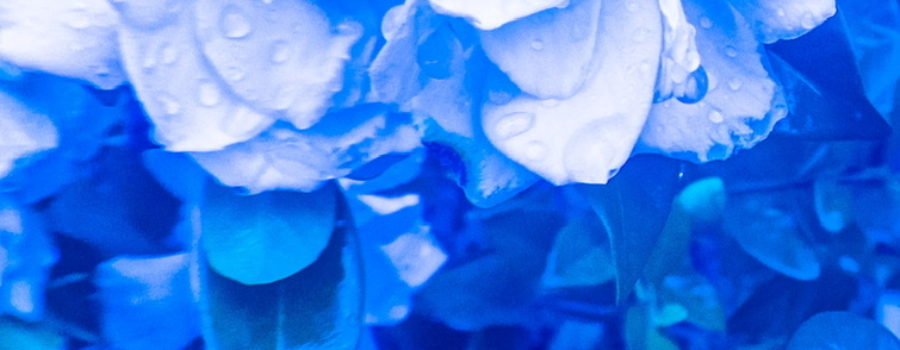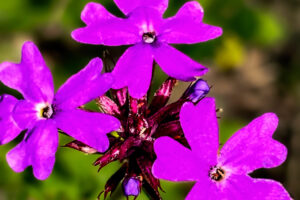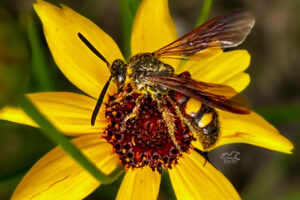How to Take Great Nature Photos: Know Color

Most of us learned the basics of color when we were in elementary school. We learned about the color spectrum, Roy G. BV (Red, Orange, Yellow, Green, Blue, Violet), and we learned our basic colors, and how to mix them to get secondary colors and even tertiary colors. But in photography, colors become a bit more complicated. Not only do we have to take into account those basics, but we have to consider color saturation, color quality, and color tint. And then we have to consider those factors for both our subject, and our light source!

When discussing color, we are basically talking about the frequency of light that is being reflected from whatever we are looking at or photographing. Seems simple enough, right? Except the frequency that is reflected not only depends on the surface of the subject, but also on the color of the light itself. Again, that seems simple enough until we learn that what our brain sees and what the camera sees aren’t alway the same! Huh??? The human brain is an amazing thing, and one amazing thing it does is compensate for light colors when viewing subjects. For example, if we take a photo under standard fluorescent lights we see the colors as if they were in “normal” white light, but our photos come out with a mild greenish-yellow tint (or a severe tint under older fluorescents). That is because the camera can’t compensate the way our brain does. Crazy, right? There are ways to help the camera compensate, but that’s a discussion for another time.

So those are some basics about quality and tint, but what about saturation? This term refers to the brilliance or intensity of colors. You can also say it has to do with the purity of a color. When a color is fully saturated, it is pure. When we start adding either white or black to that color, we are reducing the color’s saturation. This is also known as toning the color or changing the hue. If you add enough black or white to a color, you eventually change the color completely. Of course, this is somewhat simplified since we can also add other colors to the fully saturated color to change it’s overall saturation!

So now that you readers are totally confused about what you thought was a simple subject, what do we do to better understand color? The answer to that is practice and experiment. Take photos in various conditions under different types and colors of light. Pay attention to what your eye sees and how exactly that differs from how your photo turns out. Don’t be afraid to take photos that you don’t intend to keep while you experiment. In nature photography, we often can’t control most of the color factors when we shoot. We have to take what Mother Nature provides. But if we understand color, we can do our best to take a good image that will need minimal post processing. Please, let me know what all of you have done to better understand color in your photos.





Recent Comments